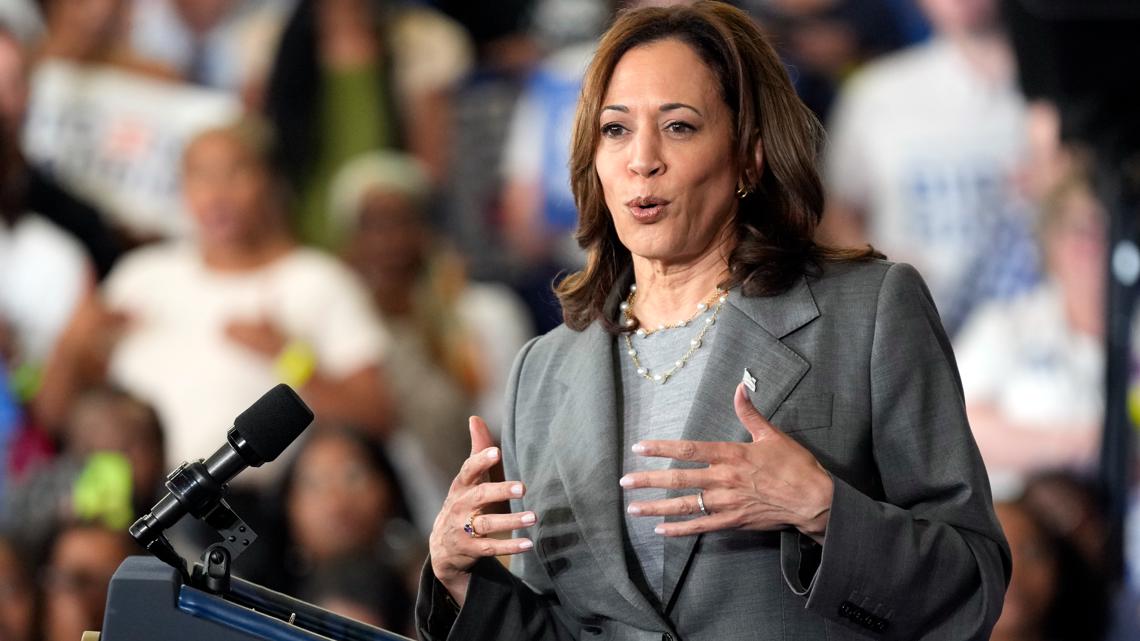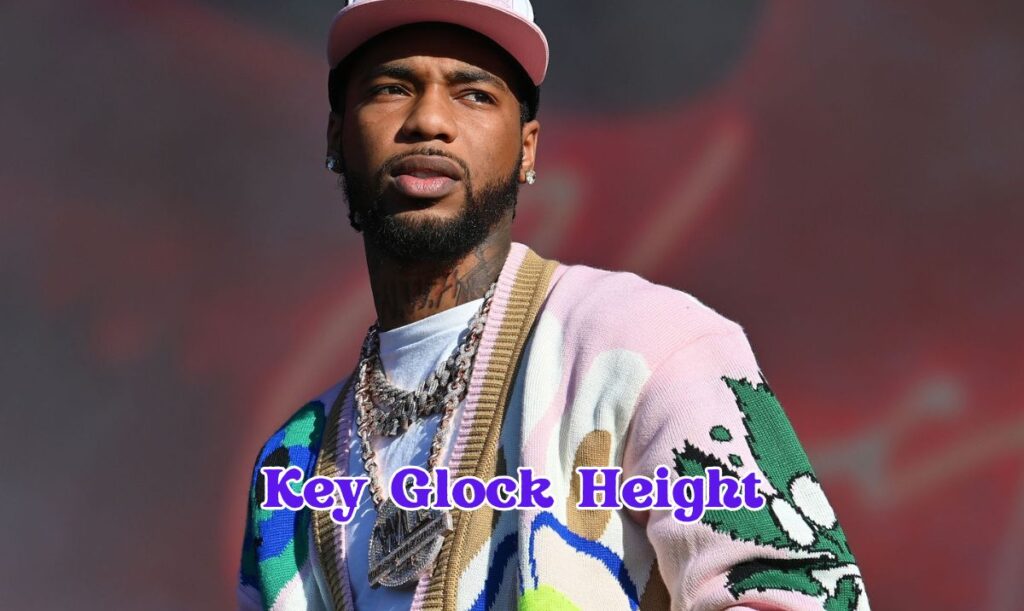Introduction to Kamala Harris and Public Perception
kamala harris butt born on October 20, 1964, in Oakland, California, is a prominent American politician and attorney who made history as the first female Vice President of the United States. She is of Indian and Jamaican descent, which positions her as a significant figure in the representation of diverse backgrounds in American politics. Harris pursued her higher education at Howard University and earned her law degree from the University of California, Hastings College of the Law. She began her career in the San Francisco District Attorney’s Office before serving as the Attorney General of California from 2011 to 2017. Her political career advanced further when she became a U.S. Senator in 2017, where she built a reputation for her advocacy on civil rights, healthcare, and immigration reform.
As a trailblazer in many respects, Harris’ role as Vice President carries considerable weight, especially in breaking barriers for women and people of color. However, her position also invites scrutiny and discussion surrounding her public image. Research indicates that public perception of politicians often intersects with discussions of their physical appearances, thus leading to commentary on their bodies and traits. This phenomenon isn’t isolated to Kamala Harris, as many female politicians experience similar focus on physical attributes. Within a societal context that frequently objectifies women, the attention given to aspects such as Harris’ buttocks exemplifies how the dialogue around female politicians can become complicated by gender biases and racial stereotypes.
The interest in Kamala Harris’ physical appearance, including references to her butt, represents a larger cultural phenomenon that highlights the need to analyze how media portrayal and public discourse intertwine with issues of gender, race, and political representation. Understanding these dynamics is essential for a comprehensive look at women’s roles in leadership and the multifaceted challenges they face within the political arena.
Media Representation and Commentary
The media representation of Kamala Harris has been a topic of significant discussion, particularly regarding commentary that focuses on her physical attributes, including her butt. As the first female Vice President of the United States, Harris’s visibility in the media has inevitably led to scrutiny not only of her political actions but also of her personal appearance. Coverage often oscillates between professional accomplishments and personal critiques, reflecting a longstanding societal issue related to how women, especially in positions of power, are perceived.
Several articles and social media posts have emerged that reference Harris’s butt, often in a context that seeks to reduce her to mere physical traits. This commentary can be seen as an extension of the broader cultural tendency to evaluate women based on their bodies rather than their abilities. Such discourse raises important questions about the implications of these representations. For female politicians, being subjected to commentary that focuses on physical appearance detracts from their professional qualifications, which can impact public perception and policy discussions.
As discussions about representation continue, it is imperative to critically analyze how these narratives evolve and their impact on women’s roles in politics. By examining the perspectives offered through media, society can better understand the implications of viewing politicians through the lens of their physical attributes, creating a dialogue around the respect and seriousness that should accompany public service.

Cultural Reactions and Social Implications
The fascination with Kamala Harris’ butt has elicited a wide range of societal reactions, reflecting broader cultural attitudes towards women in positions of power. On one hand, discussions surrounding her physique can be seen as an acknowledgment of her individuality and femininity in a traditionally male-dominated arena. Supporters might argue that such discourse can contribute to body positivity by celebrating diverse body types, thereby challenging conventional beauty standards. In this context, Kamala Harris’ butt is viewed not merely as a subject of scrutiny, but as a symbol of empowerment for women who embrace their bodies.
Conversely, the focus on her appearance also raises significant concerns regarding sexism and the undue emphasis placed on women’s bodies in public life. Numerous critics contend that reducing a prominent political figure to her physical attributes undermines her qualifications and achievements. This pattern reflects a persistent societal issue where women leaders are often evaluated more on their looks than their competencies, perpetuating a culture where the notions of beauty and body image overshadow substantive discussions about policy and leadership. The emphasis on Kamala Harris’ butt illustrates how such dynamics can divert attention from critical political discourse.
Conclusion: The Future of Female Representation in Politics
The fascination with Kamala Harris’ butt serves as a reflection of broader societal attitudes toward women in politics. This ongoing discussion has highlighted the tendency of media and public discourse to emphasize physical appearance rather than qualifications or policies. Such focus can overshadow the significant contributions these leaders make and the pivotal roles they play in governance. As we have explored throughout this blog post, it is crucial to shift the narrative surrounding female politicians from objectifying aspects to their capabilities and accomplishments.
The overt attention to Kamala Harris’ physical attributes, including her butt, underscores a disturbing trend where women’s appearance becomes the focal point, often detracting from their political messages and initiatives. This phenomenon not only perpetuates stereotypes but also undermines the serious discourse that should accompany political figures, particularly those in high offices such as the Vice Presidency. The need for a cultural shift is evident; society must recognize the importance of evaluating a leader based on their policies, experience, and vision rather than how they look.
Considering the future, it is imperative for both the public and media to embrace a more nuanced understanding of female representation in politics. This evolution requires challenging existing norms and encouraging a culture where female politicians are assessed primarily based on their contributions and the impacts of their policies. As more women ascend to leadership roles, it is essential to support this transformation, thereby fostering an environment in which female leaders are seen for their professional merit rather than their physical appeal. In conclusion, the discourse surrounding kamala harris butt is indicative of the larger narratives in society, shaping how female politicians are perceived and represented now and in the future.




Leave a Reply